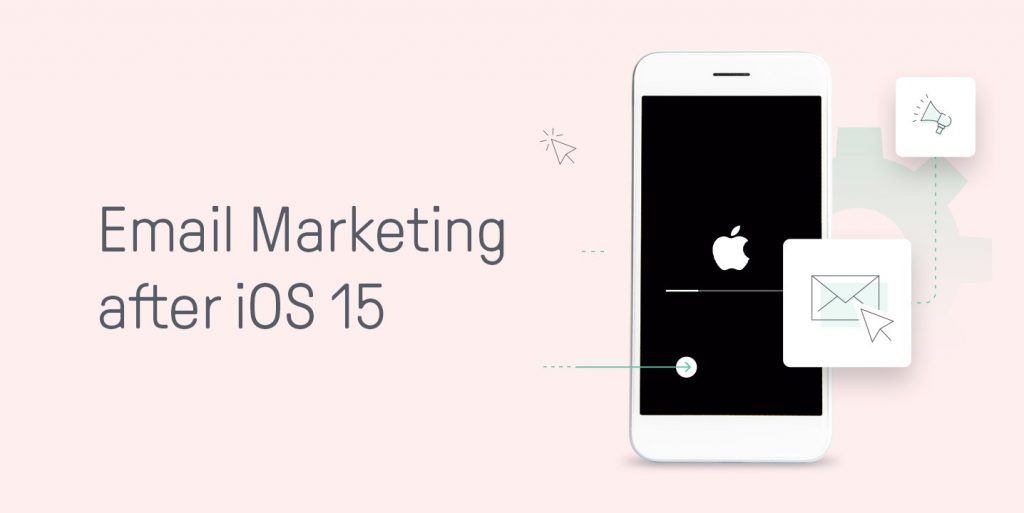Apple’s iOS 15 Will Change Email Marketing

Apple recently unveiled its iOS 15 software, which rolls out this fall. Most of the new features focus on privacy, data tracking, and user security. Two features, “Mail Privacy Protection” and “Hide My Email,” will dramatically impact email marketing.
The former, Mail Privacy Protection will offer iOS 15 email users the option to load remote content privately and not disclose their IP addresses. The result will block the sender’s ability to track opens and forwards and will mask the recipient’s IP, which determines the physical location.

Email service providers such as Mailchimp, MailUp, Constant Contact, many more insert an invisible 1-pixel image in outgoing deployments. The image tracks whether a recipient opens an email and how often, resulting in the reporting of unique and gross open rates. This is longstanding, valuable info for email marketers, reflecting the impact of subject lines, pre-headers, and overall subscriber engagement.
With iOS 15’s Mail Privacy, marketers will now be blind to email opens for users who have opted-in to that protection. Other users, those on desktop and Android devices, are still trackable.
iOS 15’s Mail Privacy Protection is not enabled by default. Users have to opt-in. Senders are likely to expect a decline in the reported open rates.
Moreover, marketers frequently purge inactive subscribers. Such database cleaning is essential because it improves overall deliverability. Apple’s new privacy update makes deleting inactive subscribers more difficult.
Finally, analyzing open rates by domain (@gmail, @yahoo, @hotmail) can identify ISPs who have blocked emails or have otherwise altered the deliverability. With the new iOS email privacy option, marketers lose this ability.
The latter, Hide my Email, another new Apple feature, is available on iOS 15, macOS Monterey (unveiled this month), and iCloud settings. The feature allows users to sign up for email offers with an Apple-generated randomized address instead of the real email address.
Apple then forwards emails into the user’s main email account. Users can delete this new email address easily and thereby prevent its spread across the web.
First, there is no easy way to tell if a new email sign-up is a legitimate account or a “burner.” This will presumably cause deliverability issues, as subscribers can quickly delete their email, resulting in increased bounces and thus concerns to ISPs, who could alter its deliverability. However, reputable email service providers automatically purge “hard” bounces, removing their impact on ISPs.
Experts advise that you prepare now for iOS 15’s Mail Privacy Protection, test open rates extensively before launch this fall, create before and after benchmarks for subject lines, pre-headers, time of day, day of week, “from” lines.
Hide My Email will likely impact deliverability. Keep an eye on those rates and make sure your ESP removes hard bounces promptly.


Latest News